Corpus and Sociolinguistics. Investigating age and gender in female talk.
Age is by far the most underdeveloped of the sociolinguistic variables in terms of research literature. To-date, research on age has been patchy and has generally focused on the early life-stages such as childhood and adolescence, ignoring, for the most part, healthy adulthood as a stage worthy of scrutiny. This book examines the discourse of adulthood and accounts for sociolinguistic variation, with regards to age and gender, through the exploration of a 90,000 word age-and gender-differentiated spoken corpus of Irish English. The book explores both the distribution and use of a number of high frequency pragmatic features of spoken discourse that appear as key items in the corpus. Part 1 of the book provides an introduction, a theoretical overview of age as a sociolinguistic variable and a description on how to compile a small spoken corpus for sociolinguistic research. Part 2 consists of five chapters which investigate and explore key features such as hedges, vague category markers, intensifiers, boosters and high-frequent items of taboo language in relation to the variables, age and gender. The book is of interest to undergraduates or postgraduates taking formal courses in sociolinguistics, applied linguistics, pragmatics or discourse analysis. It is also of interest to students and researchers interested in using corpus linguistics in sociolinguistic research.
{{comment.content}}

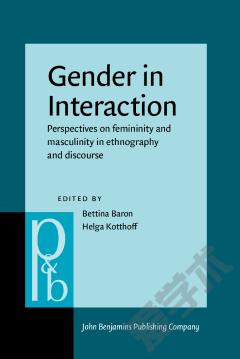
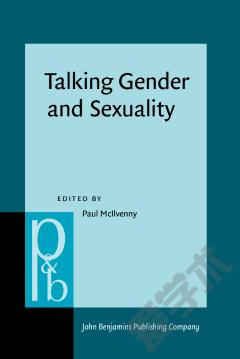
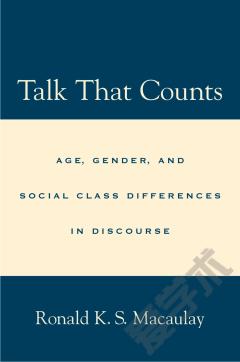
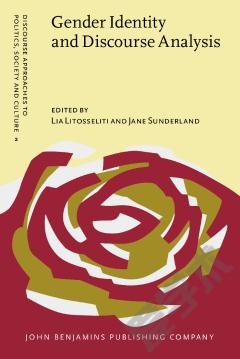

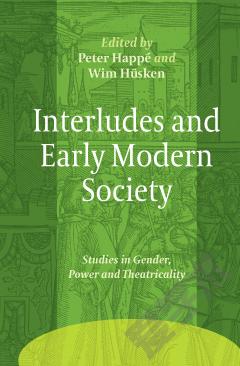

 京公网安备 11010802027623号
京公网安备 11010802027623号